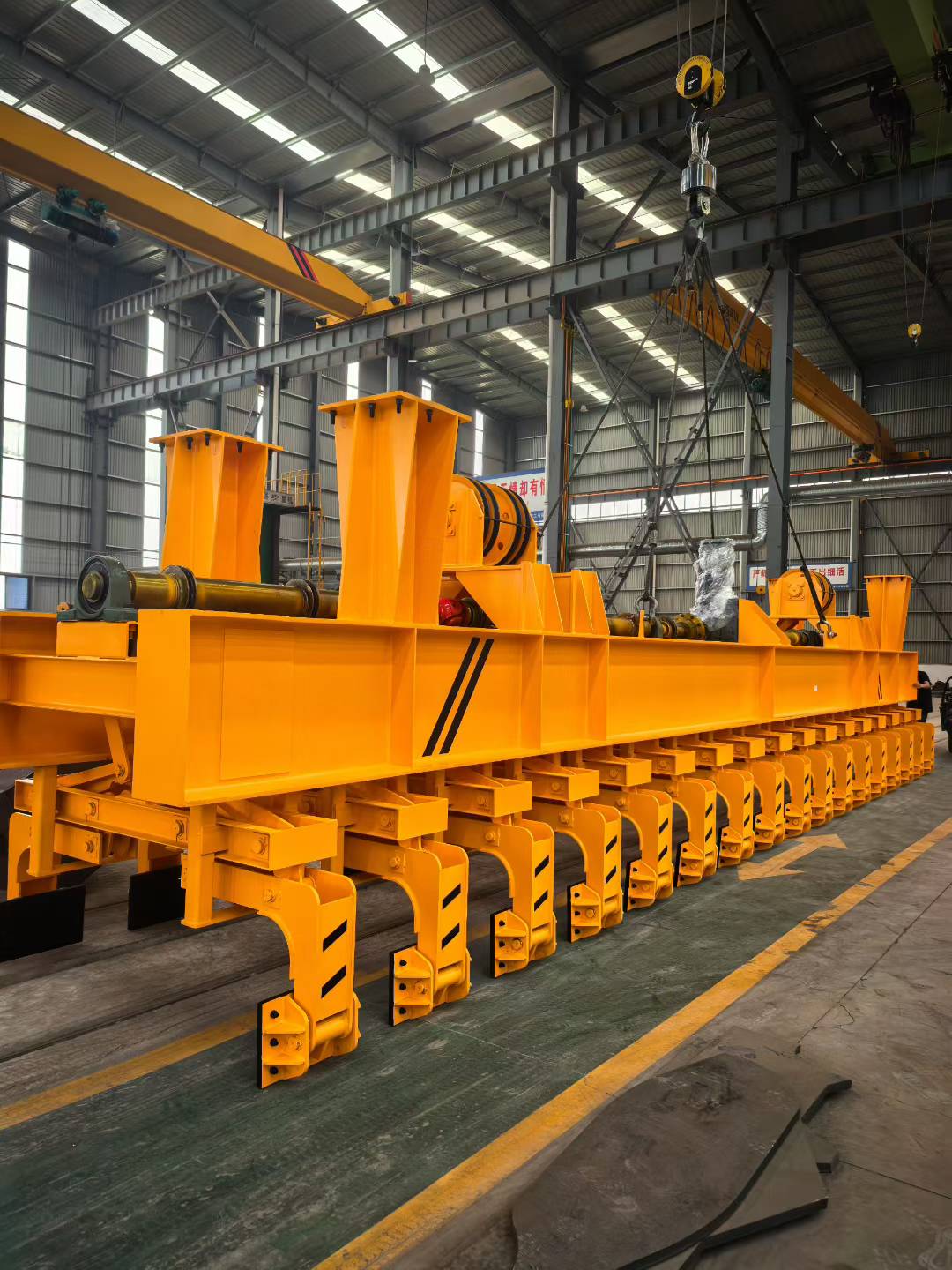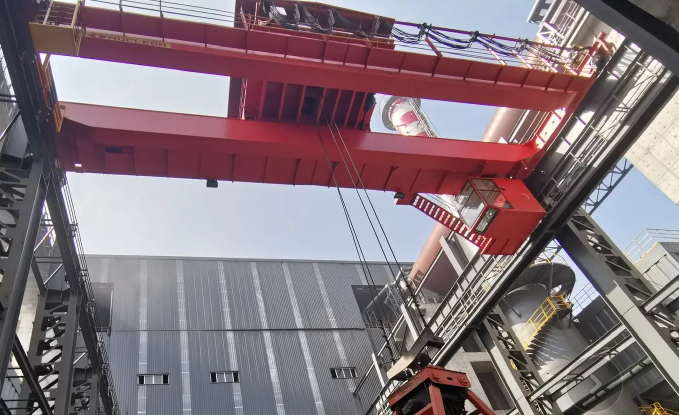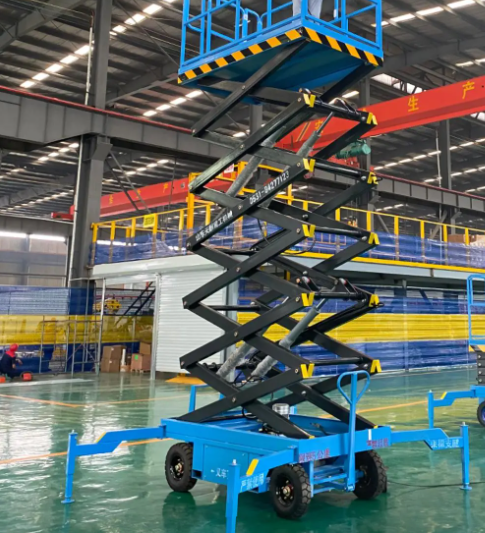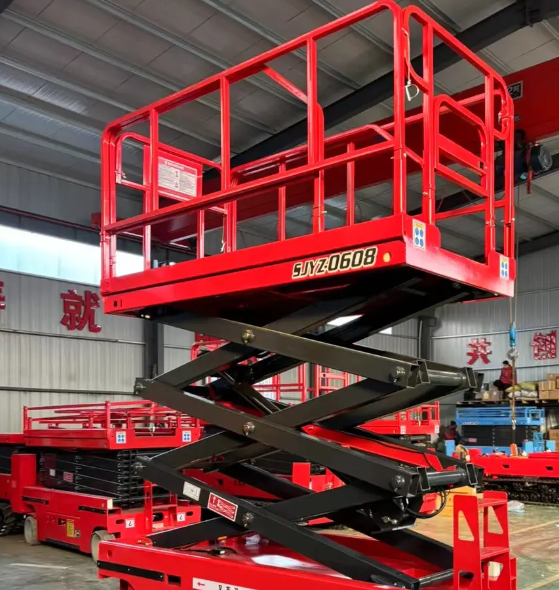The Twin Stars of Vertical Transport: Demystifying the Synergistic Missions of Cranes, Elevators, and Tower Cranes
In modern industrial and construction fields, the need for vertical transport and movement is ubiquitous. Cranes and elevators, as two core types of equipment, play indispensable roles. Although both involve "lifting," their functional orientations, application scenarios, and technical principles are distinctly different. Meanwhile, the Tower Crane, as another key piece of equipment, often works in coordination with them on large construction sites, forming an iron triangle of vertical transport.

The Crane: The Mighty Arm for Moving Heavy Loads
The core function of a crane is the hoisting, moving, and precise positioning of heavy goods, with a particular emphasis on horizontal movement capability. It acts more like the "mighty arm" of the industrial sector, responsible for lifting heavy materials like steel, containers, and large equipment in warehouses, ports, workshops, and construction sites. Overhead bridge cranes run on tracks atop factory buildings, while the towering Tower Crane covers a vast work radius. Mobile cranes move flexibly between different sites thanks to their mobility. Their design prioritizes powerful lifting capacity, span, and flexibility, not transporting people.


The Elevator: The Vertical Public Transport for People and Goods
In contrast, the core mission of an elevator (typically referring to a passenger lift) is to transport people or lighter goods vertically along fixed guide rails. This elevator system functions like a "vertical public transport" network inside buildings. It prioritizes safety, smoothness, efficiency, and continuous conveyance. Passenger elevators serve office and residential buildings; freight elevators handle goods transfer between floors; construction hoists (commonly called construction elevators) are attached to the exterior of buildings, helping workers and materials reach high-level work surfaces. The design of every elevator focuses on the stable operation of the car, precise leveling, and safety protection systems, differing greatly from a crane. The primary purpose of the elevator remains vertical transit for people or palletized goods.
The Tower Crane: The Pillar of the Skyline
Among the various categories of cranes, the Tower Crane is particularly prominent and essential. It is an icon of modern high-rise construction. Its tall mast and long horizontal jib allow this crane to lift and transport construction materials like steel bars, concrete, and formwork within a large radius, installing them precisely into designated positions. Unlike the elevator, which primarily solves internal vertical transportation, the Tower Crane focuses on the external material supply for the building structure, acting as the "pillar" holding up the urban skyline. Without its high-altitude lifting capabilities, construction progress would slow dramatically; and without elevators, the flow of people and goods inside buildings would grind to a halt. The Tower Crane is thus irreplaceable.


Working in Concert to Build the Modern World
Thus, cranes (especially the essential Tower Crane) and elevators complement each other perfectly in function. On a construction site, the Tower Crane is responsible for hoisting materials to the various floor workfaces, while the elevator (construction hoist) safely transports workers and some bulk materials inside the floors. In completed buildings, freight elevators handle the daily inter-floor transfer of goods, and during their installation, small cranes might still be needed for equipment placement. The Tower Crane enables the initial skeleton.
These three entities each have their own duties yet work closely together: Cranes enable the spatial displacement and precise positioning of heavy loads; elevators ensure the safe and convenient vertical access for people and goods; and the Tower Crane, with its unique height and reach, stands as the ultimate representative of the crane family conquering the skies. It is the coordinated operation of this vertical transport system, involving the crane, the elevator, and the specialized Tower Crane, that collectively supports the skyscrapers and modern cities we live in.



